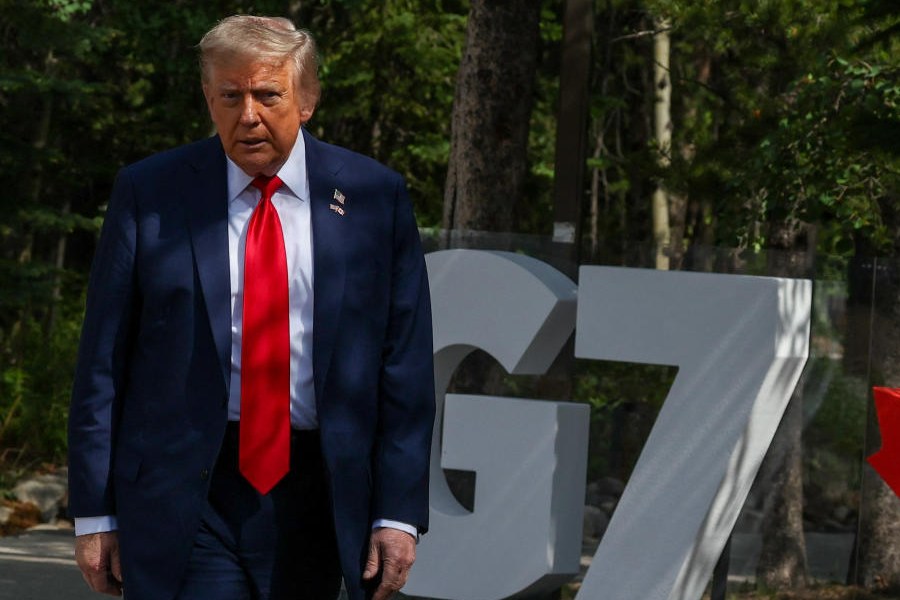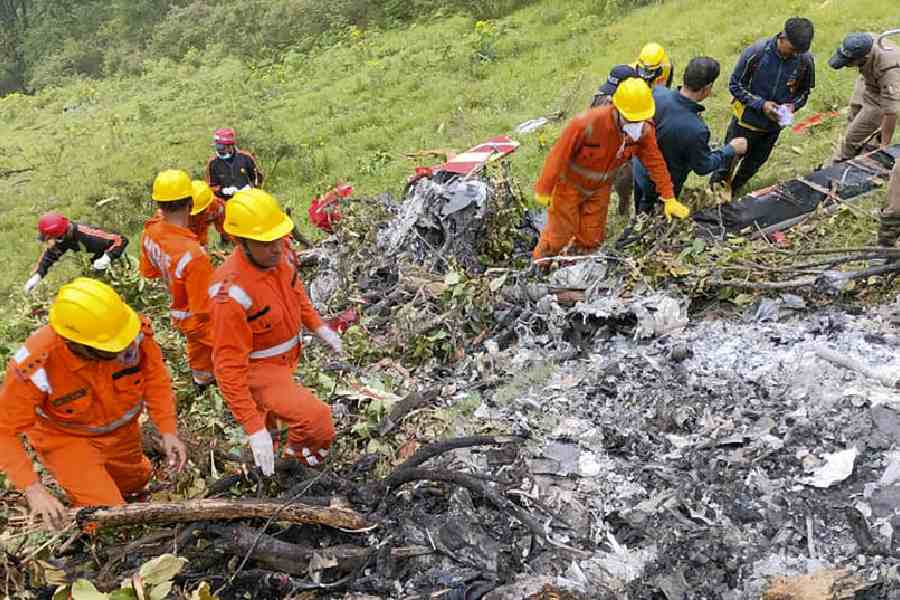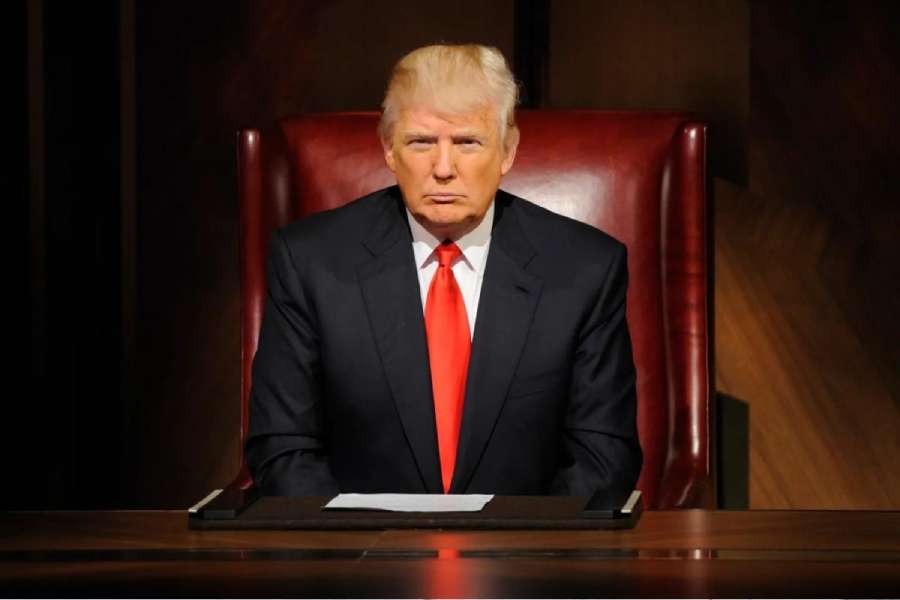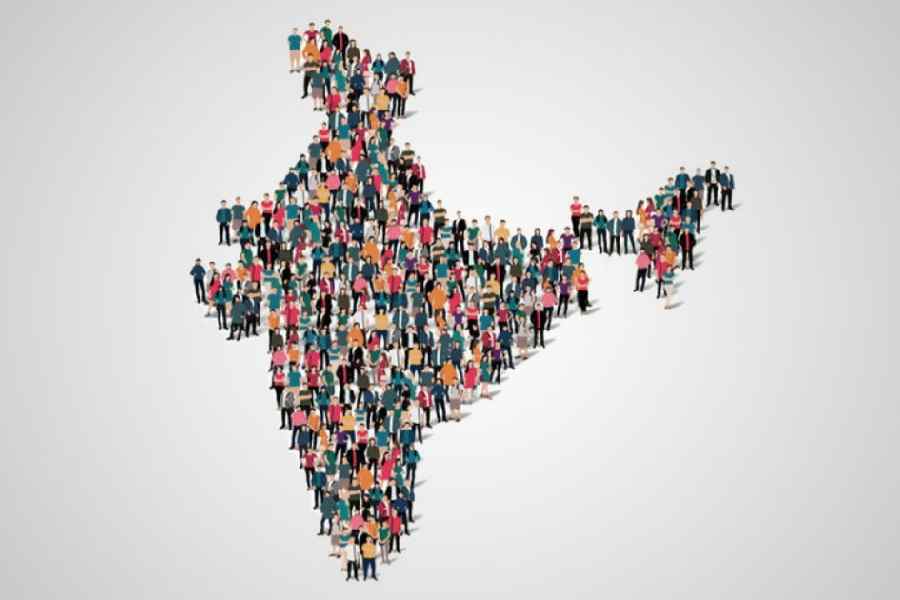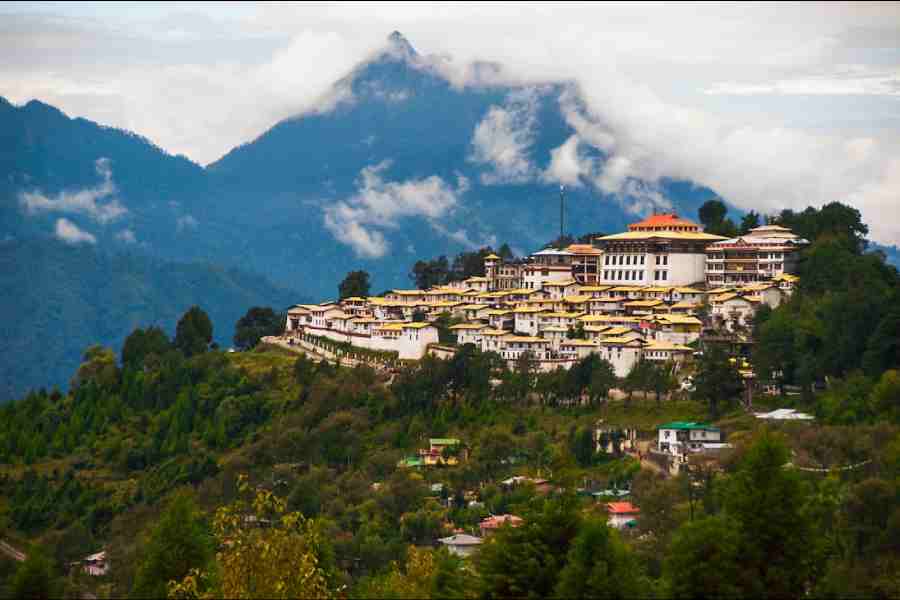Ten years have passed by since the economic reforms started under the leadership of Manmohan Singh and P.V. Narasimha Rao. In May-June 1991, the foreign exchange reserves with the Reserve Bank of India had sunk to an abysmal low, of less than a billion dollars. Further, the State Bank of India - a bank owned by the government of India through the RBI - had difficulty in rolling over its lines of credit with the international banks. The SBI was in this position because, at the behest of the government, it had issued banker's acceptances to various international banks to meet the forex obligations of public sector agencies in India, such as Indian Oil Corporation, State Trading Corporation and Mineral and Metal Trading Corporation. BAs are essentially bill discounting facilities. BAs could be discounted at attractive rates of interest. They had a good market in New York, London and Tokyo. International banks encouraged the practice, particularly since the SBI was owned by the government.
Following the Kuwait crisis in 1990-91, India's balance of payment started being shaky. Remittances from Indian expatriates started dwindling. Non-resident Indian deposits started flowing out. The unstable political situation was also a contributory cause of trouble. A minority government was in place under Chandra Shekhar and the rating agencies decided to downgrade the rating of the SBI. With the forex reserves at an all-time low, the RBI could not go to the help of the SBI to repay its credits, which it had drawn against BAs. The rollover of lines of credit by international banks to the SBI was also under threat because of the change in rating by the rating agencies. The central banks of the world put strict limits for exposure of the banks to the SBI. The SBI would have had to default. It was this threat of default that the country faced in 1991-92.
It was the good fortune of India that Manmohan Singh, first as adviser to the then prime minister, Chandra Shekhar, and then as finance minister, took a leading role in handling the crisis. He had just come from the South-South Commission, where he had drawn up a report, which was strongly critical of the role of the Bretton Woods institutions in the development tasks of the world. It is, however, to the credit of Singh that in spite of the stand he had taken in the commission, he saw clearly the need for India to go to the International Monetary Fund and the World Bank in the situation in which India was placed in 1990-91. He himself personally drafted the main elements of the reforms, which included going to the IMF, which in turn involved fiscal stabilization and liberalization, and devaluation.
I recall being present at a meeting in June 1991, which Singh had with the then prime minister, P.V. Narasimha Rao. As was expected, Narasimha Rao flinched at the suggestion to raise fertilizer prices. As for devaluation, Rao had a genuine problem that his government did not have full mandate, as it had not yet received the vote of confidence in Parliament. At that time, it was decided, at the suggestion of the then president, R. Venkataraman, that the RBI could handle devaluation under its usual procedures for fixing the exchange rates, based on a basket of currencies. There was no written instruction from the government in regard to 18 per cent devaluation, which the RBI undertook in two steps, on July 1 and 3, 1991.
It was a mark of the gravity of the crisis that India had to commit itself to the movement of gold for a temporary loan from international banks and the central banks of England and Japan.
The movement of gold from out of the shores of India to raise a temporary loan was a traumatic experience. When it became known that gold had been moved, in secrecy, critics started attacking the decision as national humiliation. So much so, the then government even promised to repatriate the gold as soon as the situation improved. The decision to move out gold was taken under compelling circumstances, principally the erosion in the reserves of India and the need for short-term help from abroad. When we approached the IMF for assistance, they made it clear that the release of standby credit would take some time. Immediate need for stopgap inflows dictated the use of gold reserves.
I recall that many efforts were made, but in vain, at that time to explore avenues other than resort to IMF. We even sent a high-level emissary (a deputy governor of the RBI) to Venezuela to see whether that oil-rich country could release a few billion dollars to India as a fellow non-aligned nation. This effort drew a blank. Many were the efforts by the well-meaning intermediaries, who brought in many offers of assistance, but mostly from not so reputable sources. All these efforts came to naught when they finally required a guarantee from a prime bank, which was impossible, given the crisis in India's economy.
In one of his recent interviews, Singh explains that he opened up the window of portfolio flows because he did not want to go back to the IMF. This inbuilt resistance to Bretton Woods institutions is characteristic of the mindset of political and civil service bureaucracies of New Delhi. The resistance is understandable because accompanying aid from the IMF is a whole slew of conditionalities, which includes policy changes comprising fiscal adjustments, devaluation and liberalization. It is to the credit of Singh and Narasimha Rao that they realized that in the conditions in which India was placed in 1991, there was no option but to swallow the bitter medicine of reform. It is thanks to Singh that today the whole of India stands converted. Those who came to scoff at his reforms have remained to pray. The ruling coalition in power today has itself been a strong advocate of the reform process, albeit with minor changes of emphasis. Not only that, even states like West Bengal, under communist leadership, have welcomed the opening up of India to foreign direct investments, as part of the reforms.
The path of the reforms has not been smooth. One of the major problems has been the difficulty of reducing fiscal deficit. This problem has haunted all finance ministers of the post-reform India - from Manmohan Singh through P. Chidambaram to Yashwant Sinha. Yashwant Sinha has taken up the challenge in right earnest by introducing the Fiscal Responsibility and Management Act. Fiscal improvement cannot come about merely as a result of the passage of a bill in Parliament. Competitive populism can defeat all measures of fiscal stabilization. What we need is a massive task of consensus-building not only amongst the members of the ruling coalition but also the opposition, particularly in the states.
In a recent interview, Singh mentions that till 1991, the history of India had been one of chronic shortage of foreign exchange. He says: 'So bending the forex constraints was crucial to the further development of India.' In reaching this goal, the reforms have definitely succeeded. With forex reserves of about $ 40 billion, India is far from the weakling it was in 1991.
Credit is due to Singh and his successor, P. Chidambaram, for the successful manner in which they guided the reforms and successfully averted the Asian flu. Their policies have helped India to acquire the high forex reserves it has today. It is another matter that the software boom, which itself was helped by reforms, enabled large inflows under invisibles. The post-reform period in India was also an era of large global capital flows. Portfolio inflows and foreign direct investment have been strong pillars of BoP of India, in spite of its high trade deficit.
The continuing challenges before the reform process are not merely fiscal. They also concern major issues of macro-management. The continuing decline in industrial growth causes worry. India faces tremendous problems
in the barrier of exports to developed countries.
The reform process has had many successes to its credit, especially the emancipation of the Indian industry and trade from the control of minutiae by bureaucracy. It has also enabled India to attain global standards in regard to achievement of quality and other benchmarks. The burgeoning of software industry itself owes its strength to the winds of change unleashed by Manmohan Singh's reforms.
It is in the fitness of things that we celebrate the passage of a decade since the reform started in 1991, when we had to pledge our gold and approach the IMF for assistance. Will such times return? With the abundant forex reserves today, such fears may surely turn out to be unfounded. But, the fear of failure is still a key to continuing success. We must remember the overbearing burden of fuel - petroleum, oils and lubricants - imports, which is threatening to choke our BoP. It is never too late to get ready with the right polices - fiscal, industrial and energy-related-before the next crisis hits us.
What we need to avoid, above all, is an attitude of complacency. In addition to managing the fiscal problem, we have to evolve an integrated energy policy and a job-oriented economic policy, which ensures growth of jobs. These involve difficult choices. It is to be hoped that Singh, the founding father of reforms, from his position of political vantage, will be able to help Atal Bihari Vajpayee and Yashwant Sinha in evolving a national political consensus on economic reforms.
The author is former governor, Reserve Bank of India
 Tuesday, 17 June 2025
Tuesday, 17 June 2025

